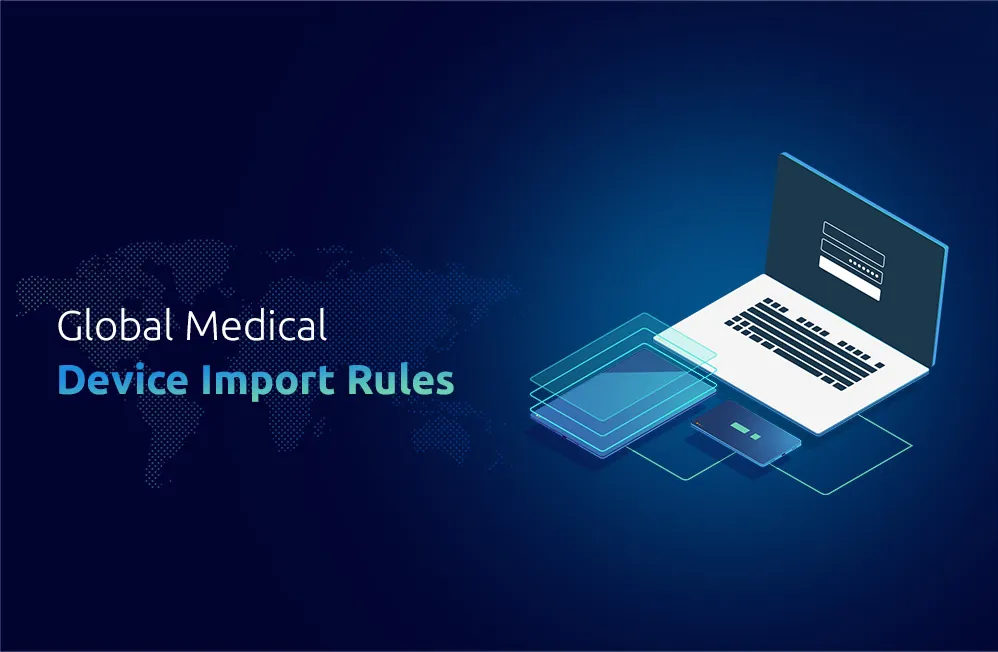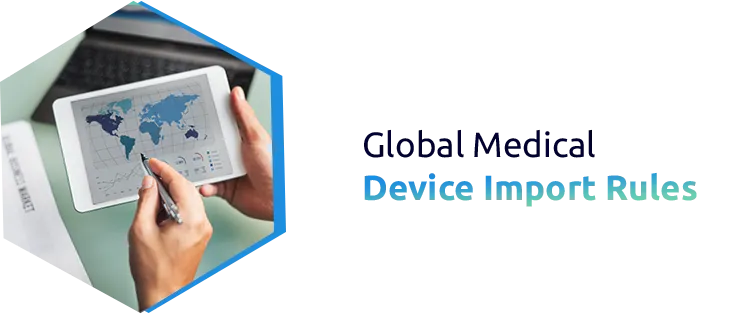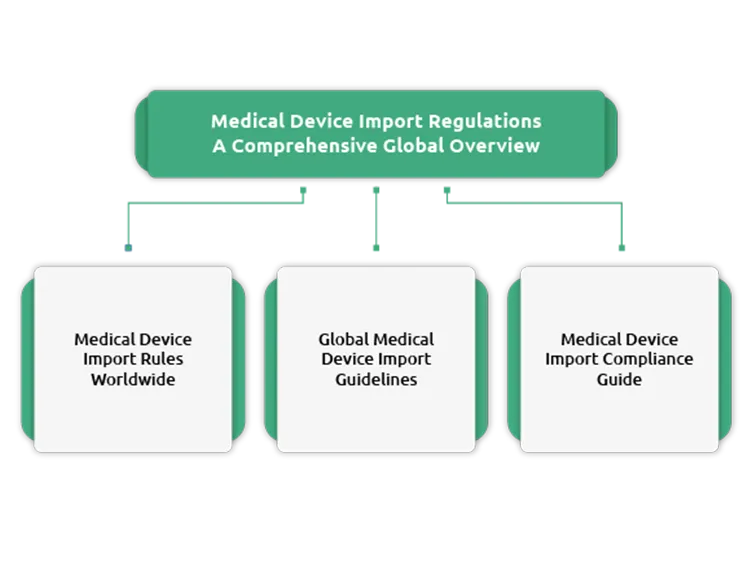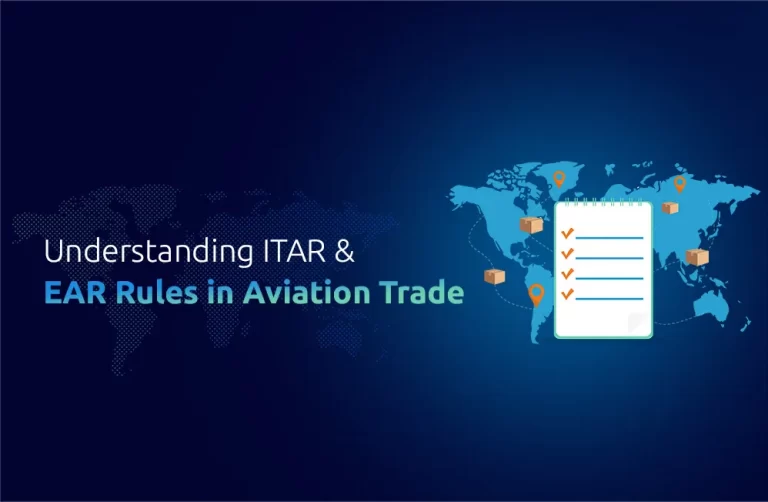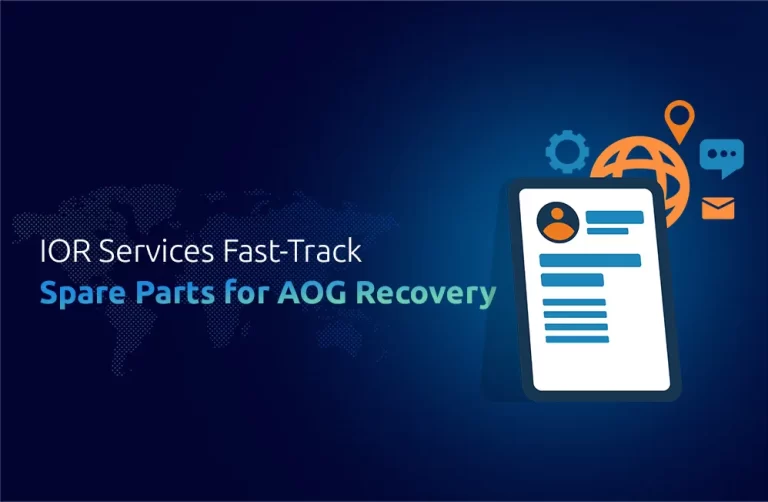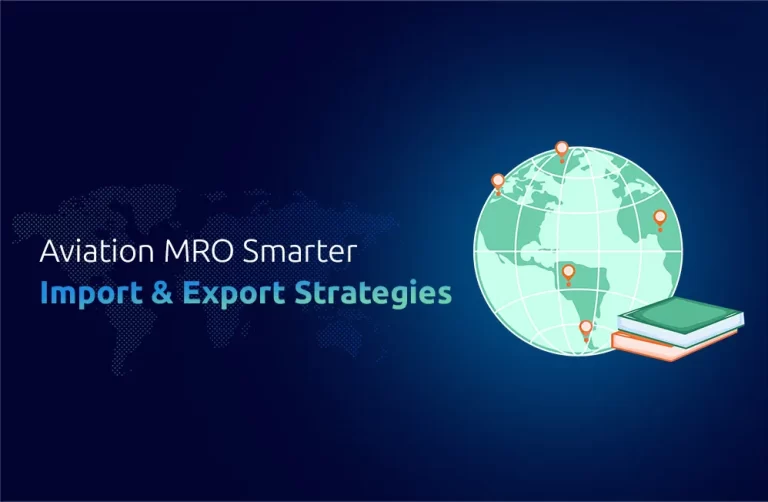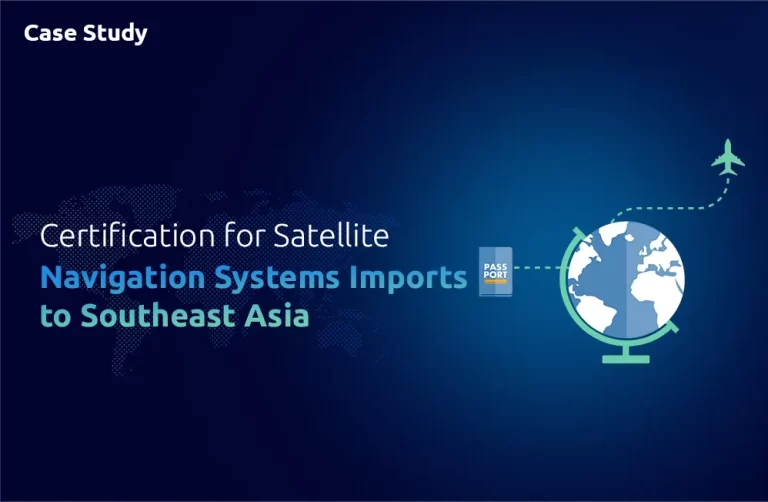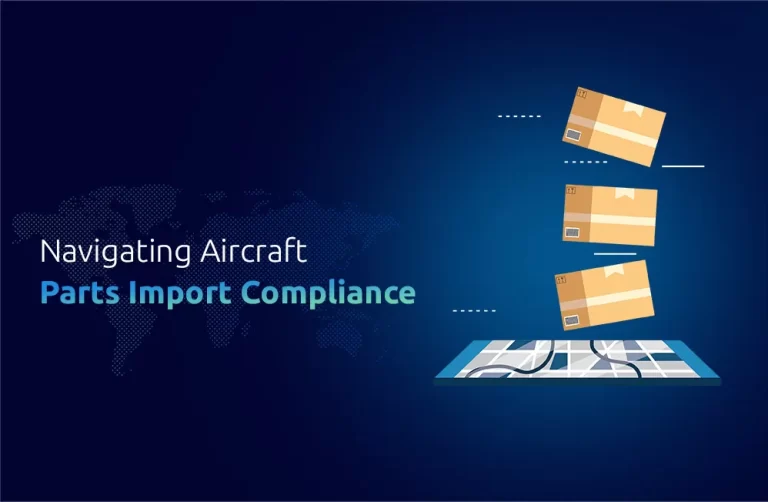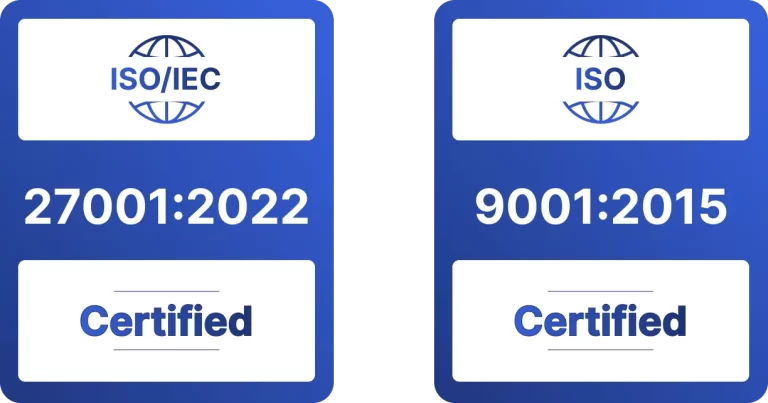Insight
Medical devices face different regulatory standards across world markets, and the medical device market exists globally. Companies working within the global medical device trade must understand the crucial regulations affecting their operations. Understanding country-specific medical device compliance requirements helps businesses avoid penalties and disruptions caused by complex regulations. The blog gives detailed information about medical device import regulations and explores specific regulatory procedures in world markets.
What are Medical Device Import Regulations?
A country uses medical device impor regulations to monitor the laws that control medical device entry across its borders. The guidelines were established to validate medical devices to achieve required quality benchmarks and ensure their safety and effectiveness before they reach healthcare providers and patients. Medical devices must complete an import procedure involving product registration, local standard compliance , and mandatory documentation submission, followed by approval from the relevant regulatory authorities.
Businesses must study the unique control systems in each target market as part of their market entry strategy. Businesses must navigate complicated rules when obtaining essential import licenses, safety and quality standard verifications, and certificate issuance for the device to meet regulatory requirements. Companies must prepare to handle these regulatory needs effectively because they determine whether their devices obtain market access during importation to target markets.
Global regulatory organizations lead medical device assessments before importation and market distribution
Multiple global regulatory organizations are vital elements that guarantee medical device safety and efficacy standards before import and distribution approvals occur. United States medical device regulation requires a Premarket Notification 510(k) for lower-risk products. Still, according to FDA standards, it leads to Premarket Approval (PMA) for devices with elevated risk. The European Medicines Agency (EMA), through its Medical Device Regulation (MDR), checks whether medical devices fulfill essential safety requirements and performance standards for all EU member states. Health Canada controls the Medical Devices Regulations through its evaluation procedures for new device safety assessments prior to market delivery.
Foreign medical device manufacturers must establish connections with Japanese organizations to gain regulatory approval through the Pharmaceuticals & Medical Devices Agency of Japan / PMDA to ensure compliance with domestic standards. Due to the growing market demands, foreign manufacturers seeking medical device entry to China must comply with the National Medical Products Administration’s (NMPA) exact approval process. Medical devices worldwide experience complete protection of high safety and effectiveness standards because of the regulatory bodies.
How to Navigate Medical Device Import Regulations
A complete understanding of exclusive market needs determines the process of medical device import regulations. Every nation maintains its regulations that medical products must uphold. Medical devices that enter the U.S. market must pass stringent FDA testing procedures, along with EU devices requiring MDR compliance for device classification and safety needs.
Most markets require medical devices to be registered before importation, and documentation containing device descriptions, safety testing results, and clinical trial data must be submitted. The device approval duration extends from several months to many months based on the level of device complexity, alongside the supervising regulatory organization. The required safety and quality guidelines are demonstrated by device compliance with international standards ISO 13485 and ISO 14971.
Safety standards in medical devices must meet both regulatory requirements and exact labeling and packaging regulations that include local language translations and essential usage advice. The regulations mandate that device performance monitoring through post-market surveillance be conducted after importation to detect any safety or effectiveness problems. Healthcare regulators establish surveillance programs to monitor medical devices continuously because these programs maintain the safety of devices throughout their market availability. Following these regulations leads to safe medical device imports and market activities, as well as continuous performance checks, which protect the interests of patients and healthcare providers.
Conclusion
Understanding medical device import regulations constitutes a vital requirement for businesses dealing with international product distribution. Businesses involved in international medical device trade must comprehend regulatory frameworks in every target market because they must acquire essential certifications while meeting community standards.
Compliance with regulatory rules helps companies prevent delayed shipments & financial penalties, enabling them to properly introduce medical devices into target countries. We at One Union Solutions actively support businesses that need to fulfill regulations to optimize their medical device importation process across different international markets.
Did You Know,
Statistics compiled by the U.S. FDA show the market gets approximately 1,000 new medical devices annually. Modern medical devices are increasing in the marketplace, and global trade significantly contributes to their worldwide availability to doctors and patients.
FAQs:
How do U.S. medical device regulations differ from European medical device regulations?
The American FDA oversees medical devices through 510(k) and PMA systems, but the European Union utilizes MDR from EMA.
What time does a medical device need to undergo the registration process?
The device registration duration fluctuates over several months according to device complexity and the overseeing regulatory organization.
What field-specific requirements must appear on medical device labels for international markets?
A product requires labels to fulfill the specific needs of each local market by translating the information and adding essential safety alerts, operating guidelines, and other mandatory details.
Is the pre-approval scope necessary for every medical device seeking international importation?
Most international importing countries require their medical devices to achieve registration and approval from their respective regulatory authority before market entry.
What methods exist for following updates regarding medical device regulatory changes?
Businesses stay updated about regulatory adjustments by monitoring regulatory body announcements and industry conferences and collaborating with compliance experts.

